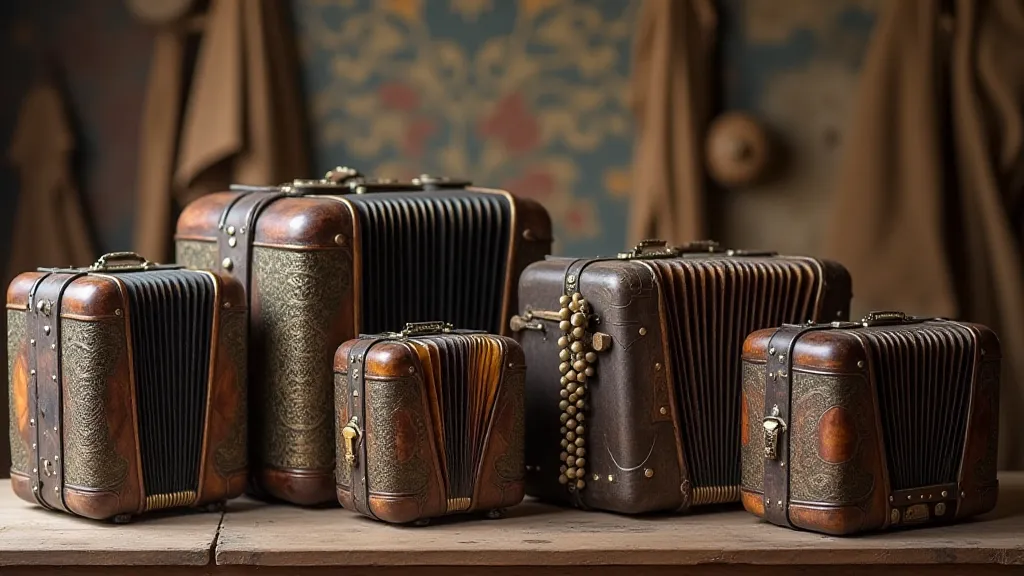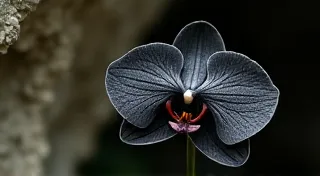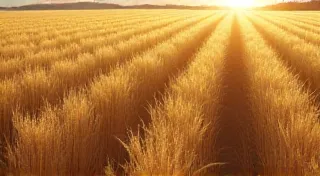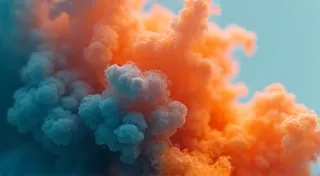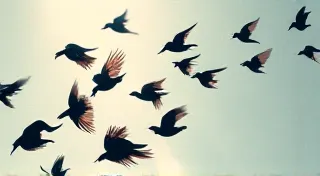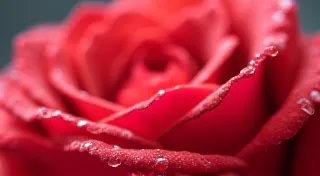The Fractured Mirror: Reshaping Calligraphic Expectations in a Right-Handed World
There's a certain melancholy that settles over me when I consider the history of craftsmanship. Not just the joy and pride, but the quiet echo of obsolescence. I think of antique accordions, each button and bellows a testament to a skill fading with time. Imagine the hands that crafted them, the music they unleashed – a vibrant, physical joy now largely confined to museums and the dedicated few. The same feeling resonates, perhaps less dramatically, within the world of calligraphy, particularly for those of us who write with our left hands. We're often looking at a fractured mirror, trying to replicate a reflection that simply isn't ours.
For centuries, calligraphy has been a largely right-handed pursuit. The tools, the instructions, the very foundational principles – all molded to accommodate a motion that feels inherently unnatural to a lefty. It’s like trying to play an accordion flipped upside down; the mechanics resist, the music becomes strained, and the simple act of creation becomes a frustrating struggle.
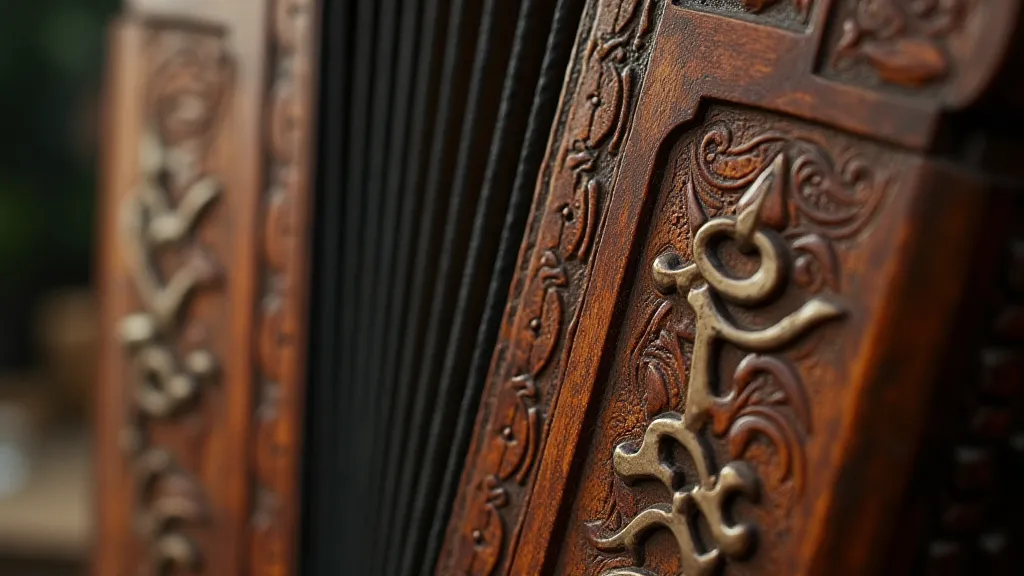
The Right-Handed Bias: A Historical Perspective
Think back to the illuminated manuscripts of the Middle Ages, the elegant scripts of Renaissance Europe, the intricate brushstrokes of Asian calligraphy – overwhelmingly, these traditions were developed and refined by right-handed individuals. The slant of the nib, the angle of the hand, the pressure applied – all were predicated on a right-handed motion. The very textbooks we use, the online tutorials we watch, often implicitly assume a right-handed orientation. This isn't a conspiracy; it’s simply the consequence of historical precedent. The codices and texts that have been preserved were almost universally produced with the right hand dominant, shaping the trajectory of the art form for centuries. It begs the question of how deeply ingrained these assumptions are, and whether they can truly be challenged.
Early attempts to address the difficulties faced by left-handed calligraphers often involved trying to mimic right-handed techniques, a strategy doomed to limited success. It's akin to forcing a square peg into a round hole. While perseverance and adaptation are admirable, sometimes the most elegant solution lies in redefining the problem itself. Understanding the subconscious narratives we are attempting to convey through our script is a key element. You might find insight exploring The Echo of the Quill: Unveiling the Subconscious Narrative in Calligraphic Script, a resource dedicated to just that.
The Smudge Struggle: Understanding the Physics
The most immediate and universally shared challenge for left-handed calligraphers is, of course, ink smudging. It’s more than just an inconvenience; it’s a constant battle against the laws of physics. As we pull the pen across the page (the opposite of a right-handed writer’s push), we inevitably drag the wet ink with us, blurring the lines and distorting the forms. The natural inclination to keep the hand close to the writing surface, a comfortable position for most, only exacerbates the problem. It's a frustrating experience, and one that can often lead to questioning the entire process. Many left-handed individuals grapple with the perception that their work is somehow 'less than' due to these unavoidable challenges.
Understanding the mechanics of this issue is the first step in overcoming it. The drying time of the ink, the absorbency of the paper, the type of nib – all these factors play a role. Experimentation becomes crucial. Heavier paper, quick-drying inks, and a deliberate writing angle – often steeper than what’s recommended for right-handed writers – can all help to minimize smudging. Some even find that altering their hand position significantly, reaching further away from the writing surface, provides a crucial buffer zone. Consider, too, the deeply personal nature of calligraphy. Sometimes, addressing the challenges through technical adjustments isn’s enough; truly expressing yourself relies on finding your own voice, something many find in The Saffron Thread: Imbueing Your Calligraphy with Personal Narrative.
Redefining Form: A Left-Handed Aesthetic
But perhaps the most liberating approach isn't simply about minimizing the *problem* of left-handedness, but about embracing it. What if, instead of striving for a flawless right-handed imitation, we explore a distinctly left-handed aesthetic? The slant of the letters, the flow of the lines, the overall impression – these can all be subtly altered to reflect a different perspective. The very act of confronting and transforming a perceived limitation can be a powerful act of self-discovery.
Consider the way a left-handed writer naturally tends to slant their letters. Instead of viewing this as a flaw to be corrected, we can consciously incorporate it into the design, creating a unique character that sets our work apart. The slight asymmetry, the unexpected curves – these can become hallmarks of a left-handed style. It's about recognizing that what’s often viewed as a deviation from the norm can, in fact, be a source of extraordinary beauty and distinction. Many left-handed individuals find their most powerful and expressive work arises from celebrating, rather than suppressing, their unique perspective.
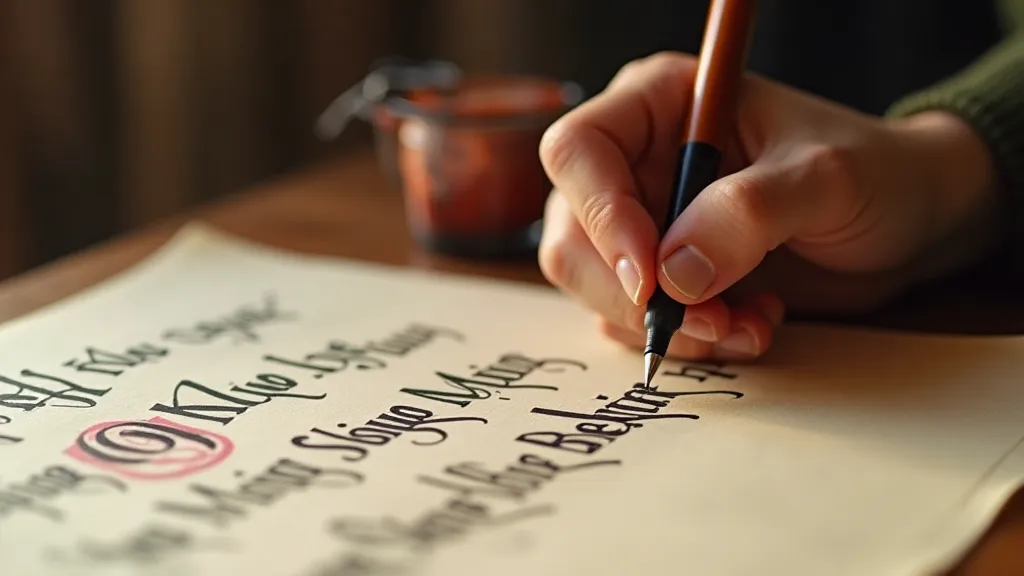
Tools & Techniques: Adapting the Landscape
Thankfully, the awareness of the challenges faced by left-handed calligraphers is growing. Manufacturers are beginning to offer tools specifically designed with left-handed users in mind. While widespread availability is still limited, the options are expanding. Nibs that provide more consistent ink flow when pulled, papers treated to accelerate drying times – these innovations are paving the way for a more equitable landscape. These tools, however, are only part of the solution. True mastery requires a shift in mindset, and the willingness to break free from conventional wisdom.
Beyond tools, there are numerous techniques that can be adapted. A steeper writing angle is almost universally recommended. Experiment with different paper types – smoother papers often reduce friction and can minimize smudging. Consider using blotting paper immediately after writing to wick away excess ink. And most importantly, be patient with yourself. Learning calligraphy as a left-handed writer is a journey of discovery, requiring experimentation, adaptation, and a willingness to challenge conventional wisdom. The entire process is about finding a rhythm and finding your flow, akin to mastering a musical instrument, as discussed in The Chronometer's Echo: Mastering Rhythm and Flow in Left-Handed Copperplate Script.
The Accordion's Echo: Embracing Individuality
Returning to the image of the antique accordion, I see a parallel to our own journey as left-handed calligraphers. The instrument may have been designed with a different hand in mind, but that doesn’s preclude its beauty or its potential for musical expression. Similarly, the conventions of calligraphy may have been established by right-handed writers, but that doesn't diminish our ability to create something beautiful and meaningful with our left hands. It’s a testament to the human spirit's capacity for adaptation, creativity, and resilience.
It’s about recognizing that our unique perspective – the slightly different angle, the unexpected slant – isn’t a limitation, but a source of strength. It's about embracing the “fractured mirror” and creating a reflection that is authentically our own. The beauty of craftsmanship, in any form, lies not just in the final product, but in the story of its creation – the perseverance, the adaptation, and the unwavering commitment to a personal vision. As left-handed calligraphers, we carry that story within us. Ultimately, it's about understanding that embracing your individuality isn't just about calligraphy; it's about life itself – about finding your own voice and sharing it with the world.
